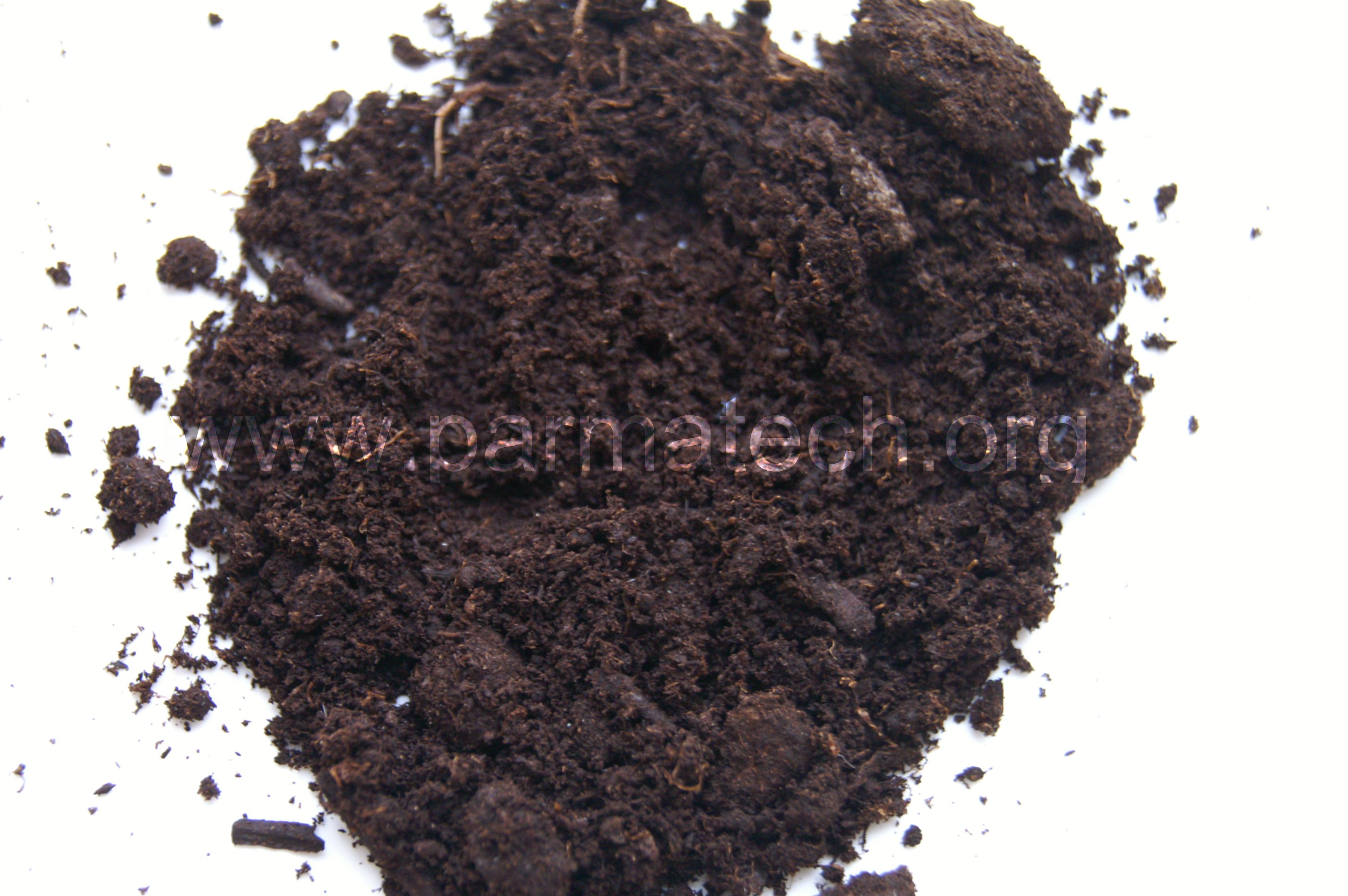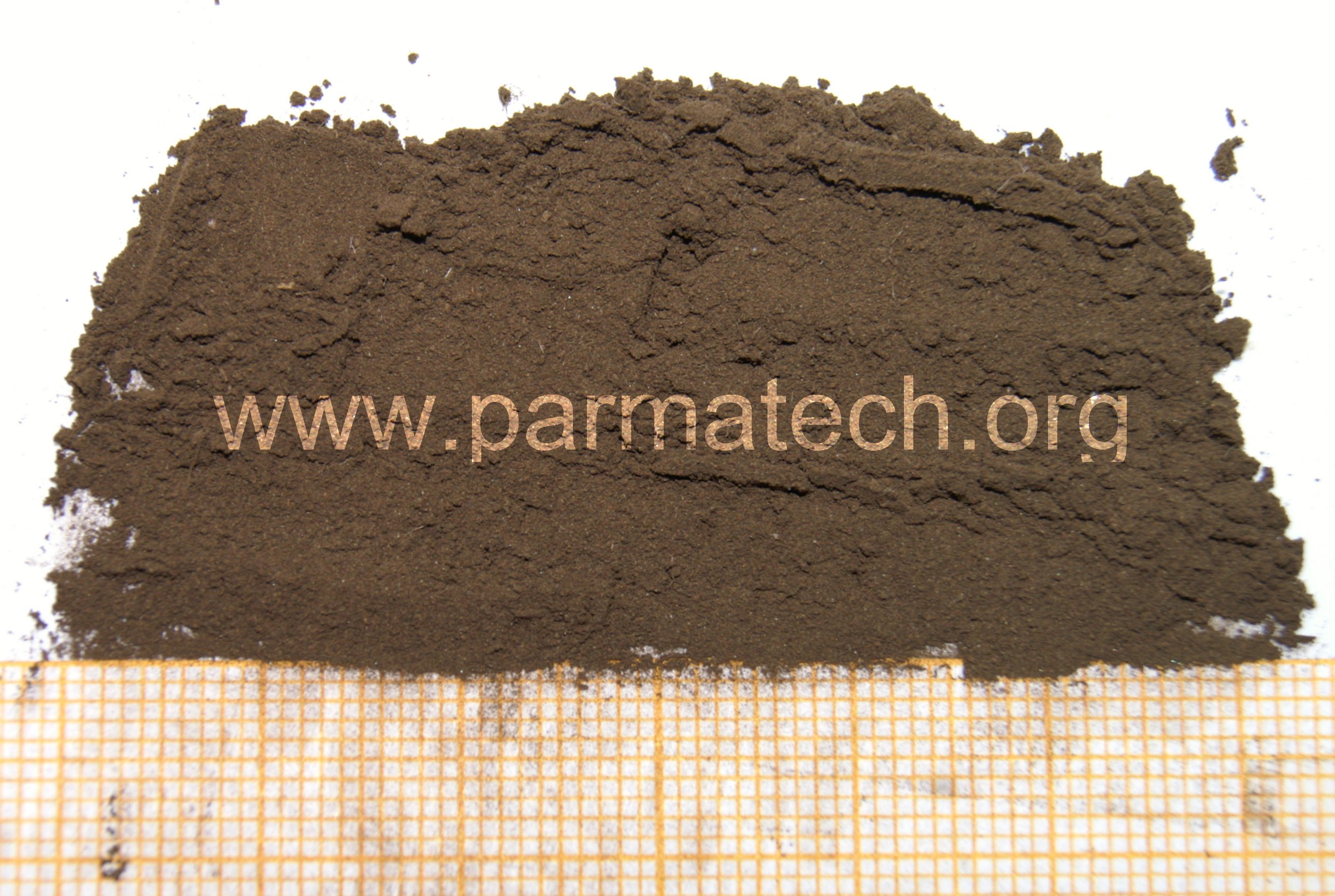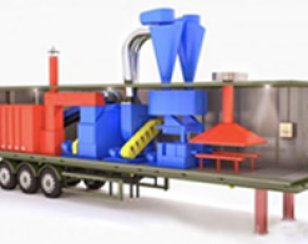Drying and grinding of peat
Peat is a complex polydisperse multicomponent system, its physical properties depend on the properties of individual parts, the relations between them, the degree of decomposition or dispersion of the solid part, estimated specific surface area or content of fractions smaller than 250 micrometers. For peat compressive high moisture content in-situ (88-96%), porosity up to 96-97% and high compressibility factor during compressive tests are typical. Peat texture is homogeneous, sometimes laminated, structure is usually fibrous or plastic (strongly decomposed peat). Color is yellow or brown to black. Weakly decomposed peat in dry condition has a low density (up to 0.3 g / cm 3), low thermal conductivity coefficient and high gas stripping capacity; peat of high dispersion (after mechanical processing) forms at a traditional drying thick pieces with a high mechanical strength and calorific efficiency of 2650 - 3120 kcal / kg (at 40% humidity). Weakly decomposed peat is an excellent filter material and strongly decomposed peat is used as a highly dispersed anti filtering material. Peat absorbs and keeps a large amount of moisture, ammonia, cations (especially heavy metals). Peat filtration coefficient varies in the range of several orders of magnitude.
Peat is divided into types by grouping of plants and conditions of formation, as well as the following types:
Fibric peats - is formed by oligotrophic vegetation (pine, cotton grass, sphagnum moss, heather) by overwetting, caused mainly by atmospheric precipitation. It’s a bad fertilizer, as it’s poor. It contains ash elements 1-5%, organic substances - 99-95%, pH = 2.8-3.6.The chemical composition: nitrogen compounds - 0.9-1.2%, P2O5 - 0.03-0.2, K2O - 0.05-0.1, CaO - 0.1-0.7, Fe2O3 - 0.03-0.5%. Color changes with increasing degree of decomposition from light yellow to dark brown. It is used as fuel or heat insulation.
Sapric peat is formed by eutrophic vegetation (alder, sedge, moss) by overwetting of the ground water. Ash content is 6-18 percent. Shades of gray are dominated, passing into earthy gray. It’s a good fertilizer.
Also there is hemic peat, which is formed by overwetting of the ground waters, which are poor in mineral salts. Ash content is 4-6 per cent.
The traditional technology of production of fuel briquettes and peat pellets cant be described as quite successful. In this case, we are talking about the biomass preparation - drying and grinding (dispersion) and, consequently, reducing the percentage of ash content in the final product. The percentage of ash in the final product of extrusion is conditional on several factors:
- the content of mineral inclusions (8 to 10% of the mineral inclusions of calcium and silica origin);
- the presence of moisture in the peat, which leads to incomplete combustion of extruded product and causes the increased ash residue.
Using an air-mechanical method of grinding and drying of peat mass (dispersion), the ash content of the final product can be reduced to 4,5-6,4%. During the processing of peat the product properties improve due to increasing of the specific surface of dispersible material. The dispersion of peat-raw product increases volume coefficient of shrinkage, being a prerequisite for receiving not only thick, but also a solid product.
| Raw material - sapric peat |
Recycling result – dry sapric peat, powder. |
 |
 |
Received product doesn’t contain extraneous inclusions.

